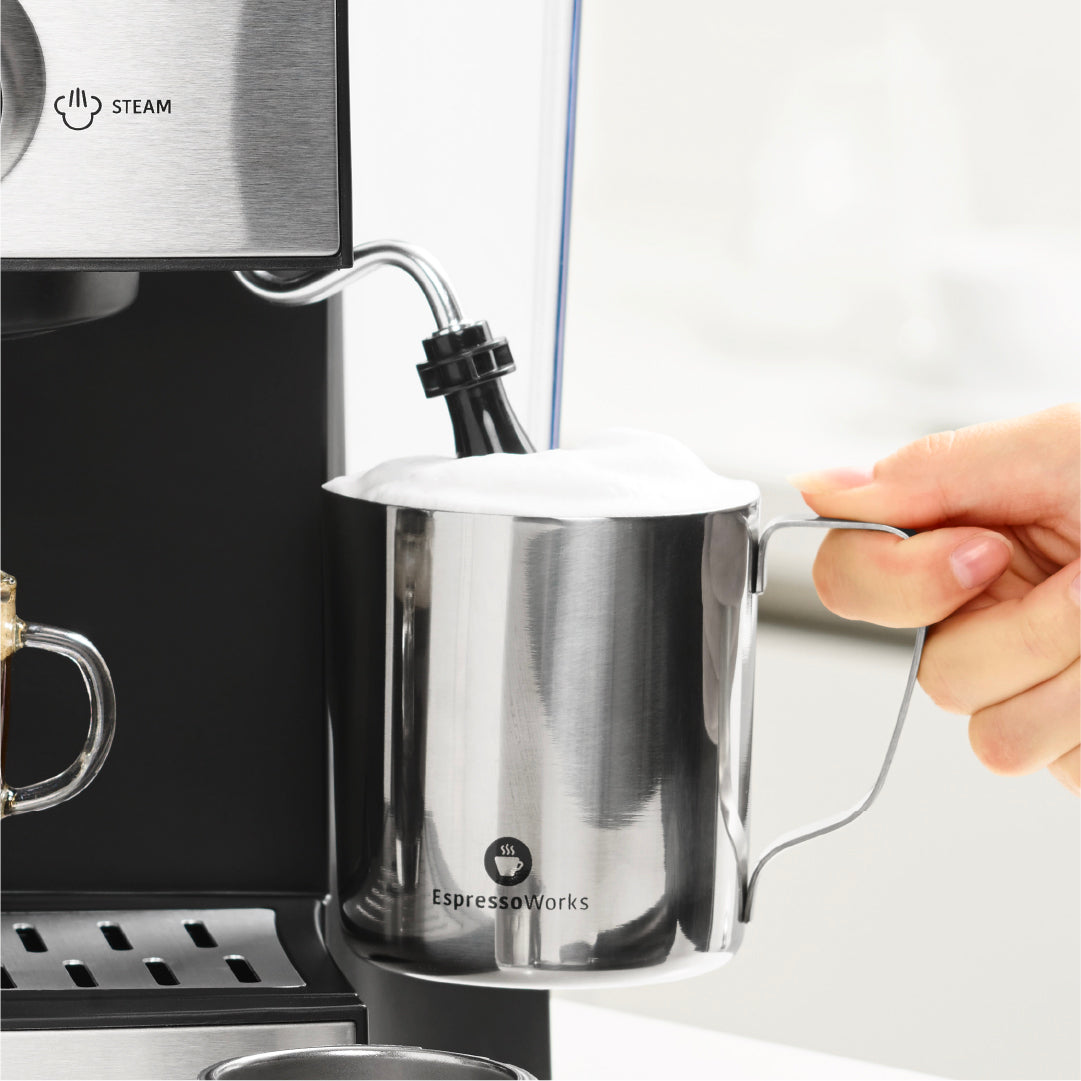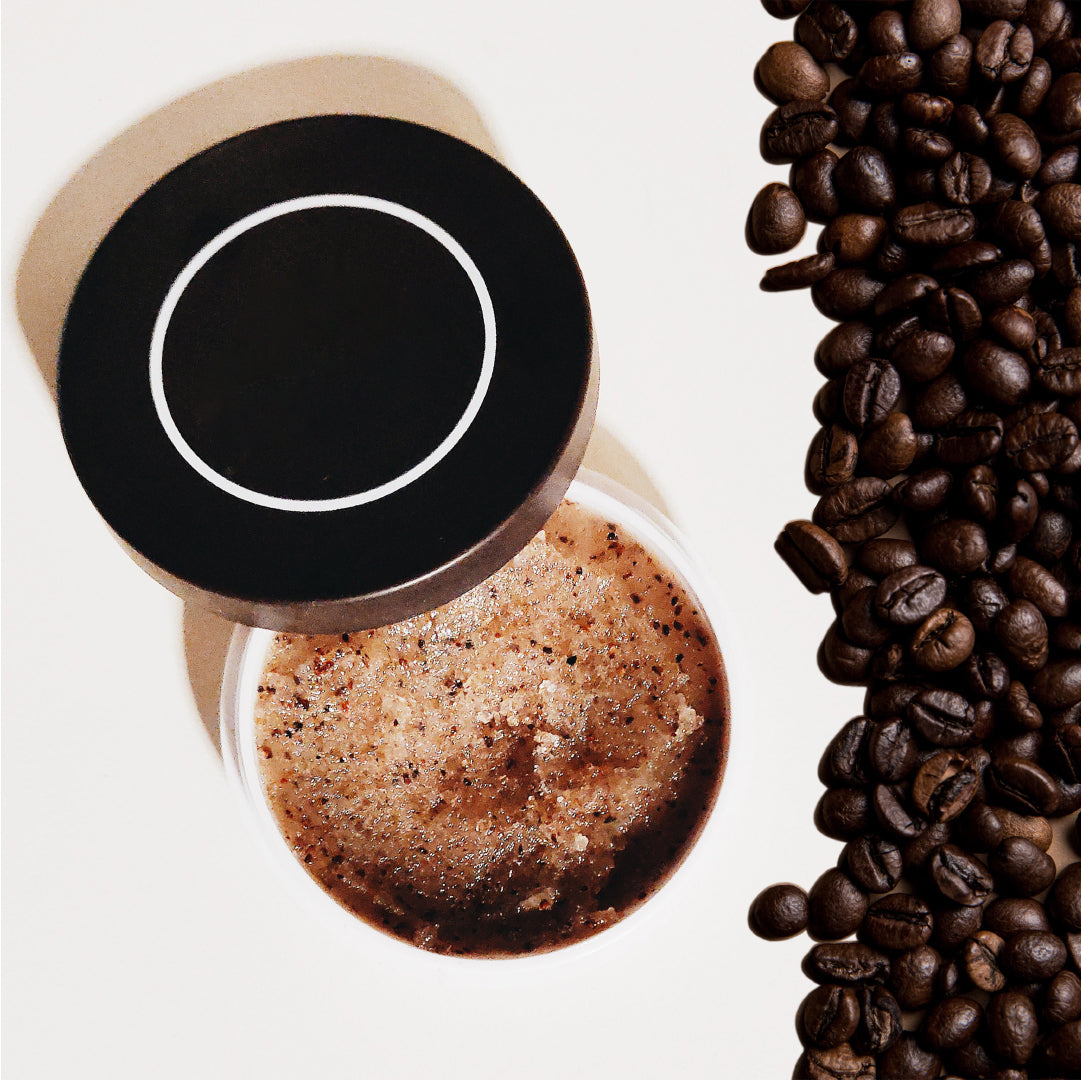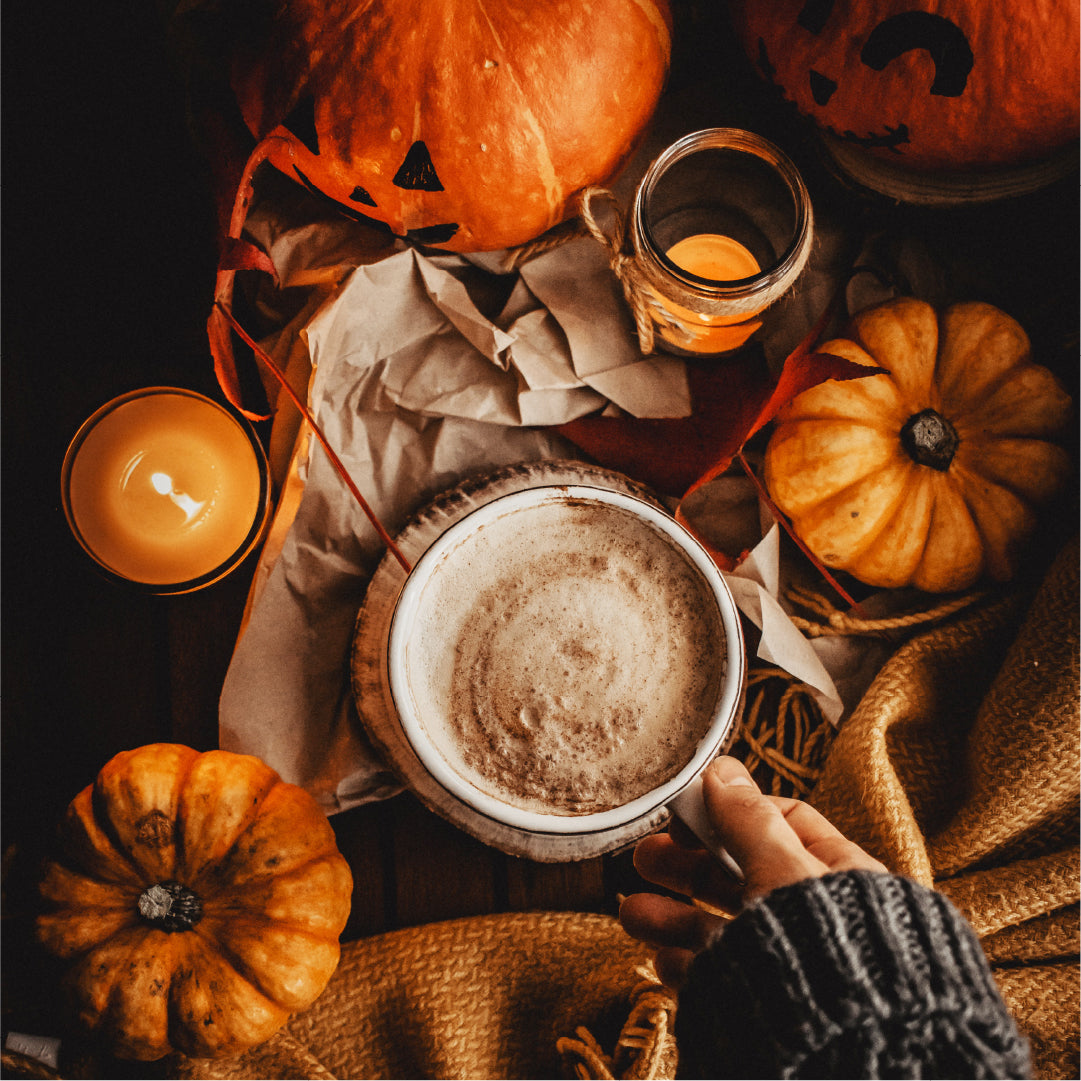
If you’re truly a fan of coffee, chances are you’ve wondered about your coffee’s journey from farm to machine. Learn how coffee is made and you’ll soon develop a newfound admiration beyond the delicious aroma and flavor of that steamy cup of Joe.
It all starts out with a seed that’s planted and grows into a plant, which is then harvested, processed, exported, purchased — and finally, brewed by consumers like you to be enjoyed within the comfort of your own home (or purchased at your favorite coffee shop.) It’s not always a smooth transition between steps.
At every phase between the farm to table, there’s the possibility of variations or mistakes that can impact the flavor of the coffee that’s produced. Even once it makes it into your possession, you need to consider how you grind and brew your coffee so that it doesn’t affect the taste — check out our other guides for more tips of brewing the best-tasting coffee. For now, however, we’re going to take you from farm to machine, where you’ll learn how coffee is made in 10 steps.
Planting the Seed
The coffee beans that end up as grounds that are brewed to become a drink are actually seeds that have been roasted. If the seeds are planted rather than processed into coffee beans, they can grow into a coffee. In order for the seeds to grow into a tree, they require wet and shady earth.
Harvesting
Once the seedlings’ roots are firmly planted, it could take up to four years for the tree to grow coffee cherries. Harvesting typically occurs once a year and it can be a laborious task if the cherries are being picked by hand. However, the picking process can also be completed with the help of a machine.
Processing
The next step in the journey from farm to table is coffee being processed in one of two ways — the dry method and the wet method. The way that coffee is processed depends on where it takes place.
As the name might suggest, the dry method of processing coffee beans involves the drying of the beans by the power of the sun. During this process, the beans are simply laid out in the sun to dry.
When coffee beans are processed through the wet method, then that means that coffee cherry’s pulp is removed after harvesting. From there the beans are separated based on their ripeness.
Drying
Beans that have been processed through the wet method must be dried either by the sun by spreading them on drying tables or floors. Alternatively, they can be machine dried via large tumblers before they end up on the packaging line to end up in your kitchen.
Milling
In the milling process of coffee beans, they either undergo hulling or polishing and will also be graded and sorted by weight and size. Beans that make the grade are grouped together and those that are defective are brushed aside.
Milling your beans also involves sorting beans according to size, weight, and color. Coffee beans are analyzed for flaws in their color and other imperfections before they are sorted according to their light or dark colors. The beans are hand-selected so that you end up with the best ones.
Exporting
Once the beans are milled, they are shipped around the world. The beans, which then become known as green coffee, are packaged in bags or other containers.
Cupping
Throughout the farm to machine process of making coffee, tasting is extremely important. Cupping is what tasting coffee is called and sort of like wine tasting, cupping is done in tasting rooms where the cupper can examine the beans visually before they are ground and brewed.
In this step of the process, the cupper relies on the coffee brew’s scent and has a unique way of tasting the coffee so that the flavor is fully experienced. The way coffee is tasted involves slurping it in to try to coat one’s taste buds before spitting it out. Tasting the coffee not only ensures that it will taste better overall by making sure the beans are roasted properly, but it also allows those making it to develop blends by combining beans.
Roasting
Right before coffee grounds arrive to you for brewing, they are roasted, making the green coffee beans into the recognizable brown beans that smell so yummy. Coffee beans are typically roasted at 550 degrees Fahrenheit as they are tumbled inside the machine. As they approach an internal temperature of 400 degrees Fahrenheit, the familiar aroma of coffee is emitted from the beans.
Grinding
Grinding affects the way your coffee tastes because depending on how coarse or fine the grounds are affects how well the coffee is brewed. Coarser grounds take longer to brew, while more refined grounds will brew easier.
Brewing
The last stop from farm to machine is, well, your machine! There are various ways to brew coffee and it doesn’t have to be automated, as there are manual options such as a French coffee press.









Share:
The Ultimate Guide to Every Type of Coffee Bean
4 Key Features of the Perfect Espresso